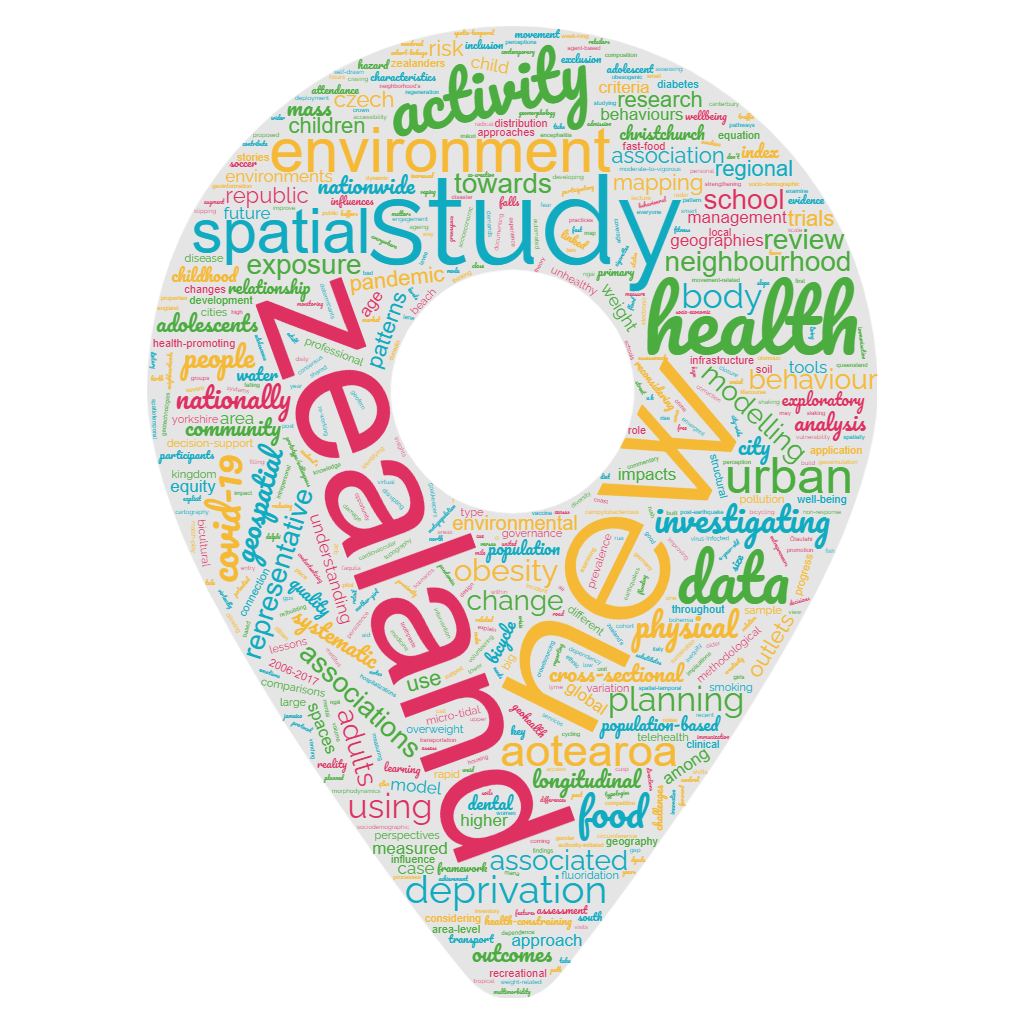
Word Cloud of GRI’s Published Journal Articles
Curious what the Geospatial Research Institute is writing about? Here’s a word cloud based on 104 published journal titles.

Curious what the Geospatial Research Institute is writing about? Here’s a word cloud based on 104 published journal titles.
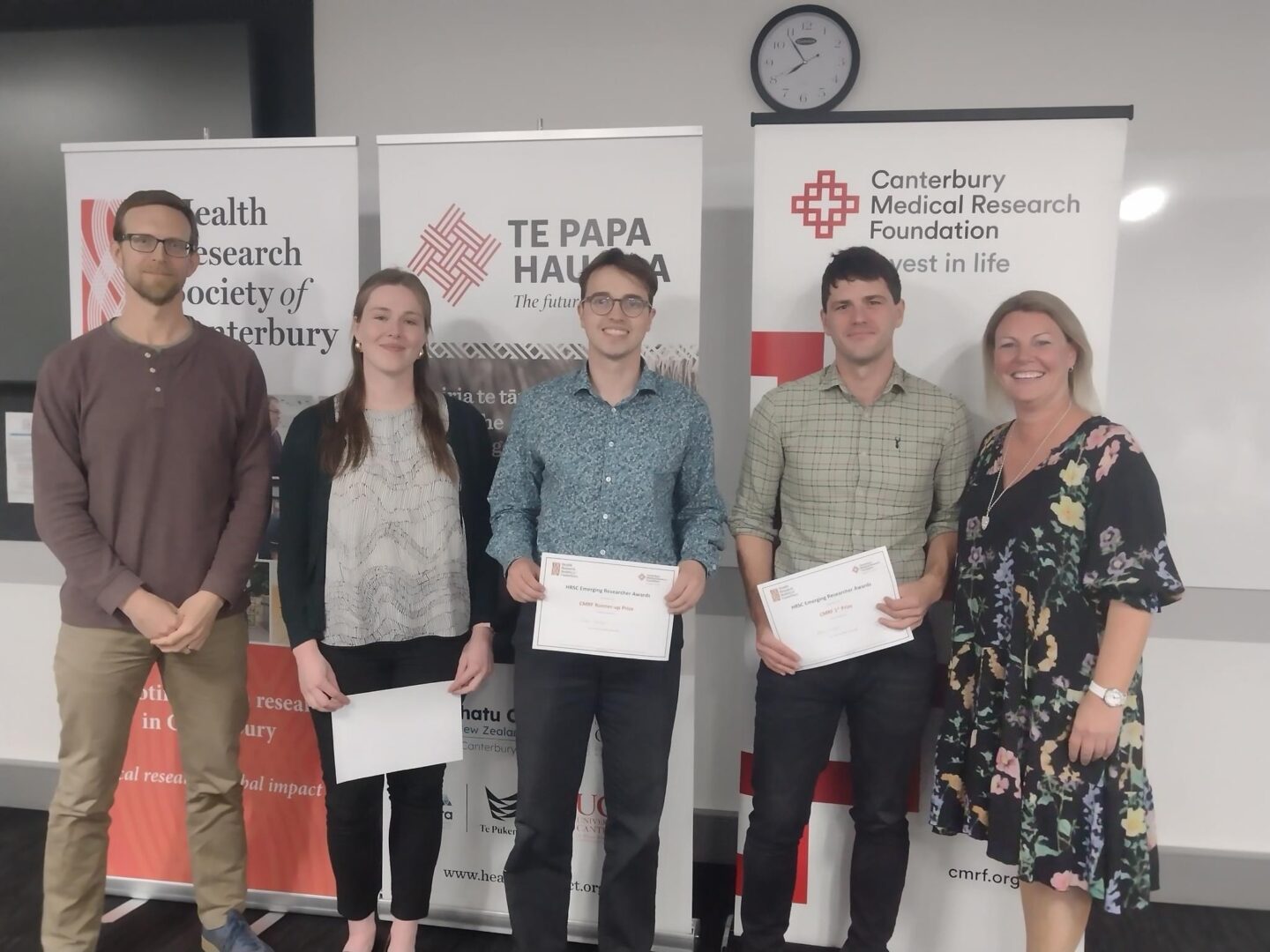
On Thursday 26th October, Te Papa Hauora hosted the Health Research Society of Canterbury’s 2023 Emerging Researcher Awards Evening. Andrew Kindom was awarded with the

In this seminar, Peter Shaw will be giving an overview of areas of interest at Trimble, particularly, their ongoing pursuit of increased accuracy, reliability, and efficiency in positioning techniques (including mitigation against space weather/ionospheric effects) and the application of AI to Geospatial problems.
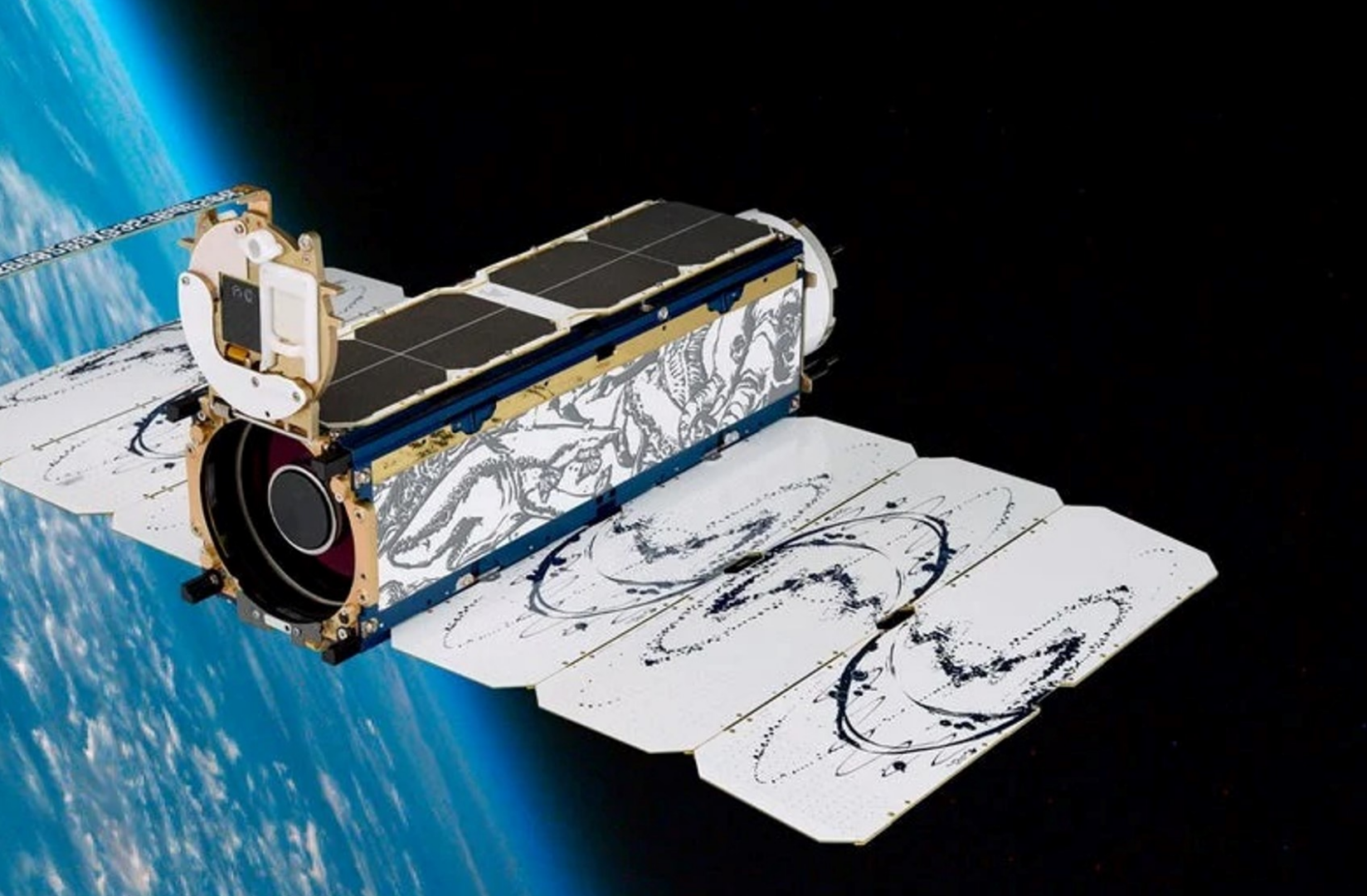
Planet (a public benefit corporation) is imaging the land surface of the Earth on a near-daily basis, with multispectral sensors at ~3.7m per pixel we operate the largest fleet of earth observation satellites in history with a constellation of 19 high-resolution SkySats, capable of 0.5m multispectral imaging. e change, terrestrial an aquatic ecosystems, wildlife biology and agriculture.
Video recording available at:
https://www.youtube.com/watch?v=Dv37CHZct2o&list=PLJymSfBIuEWKYLJbi6LzyiRXKtAQBbcH3&index=7&t=15s
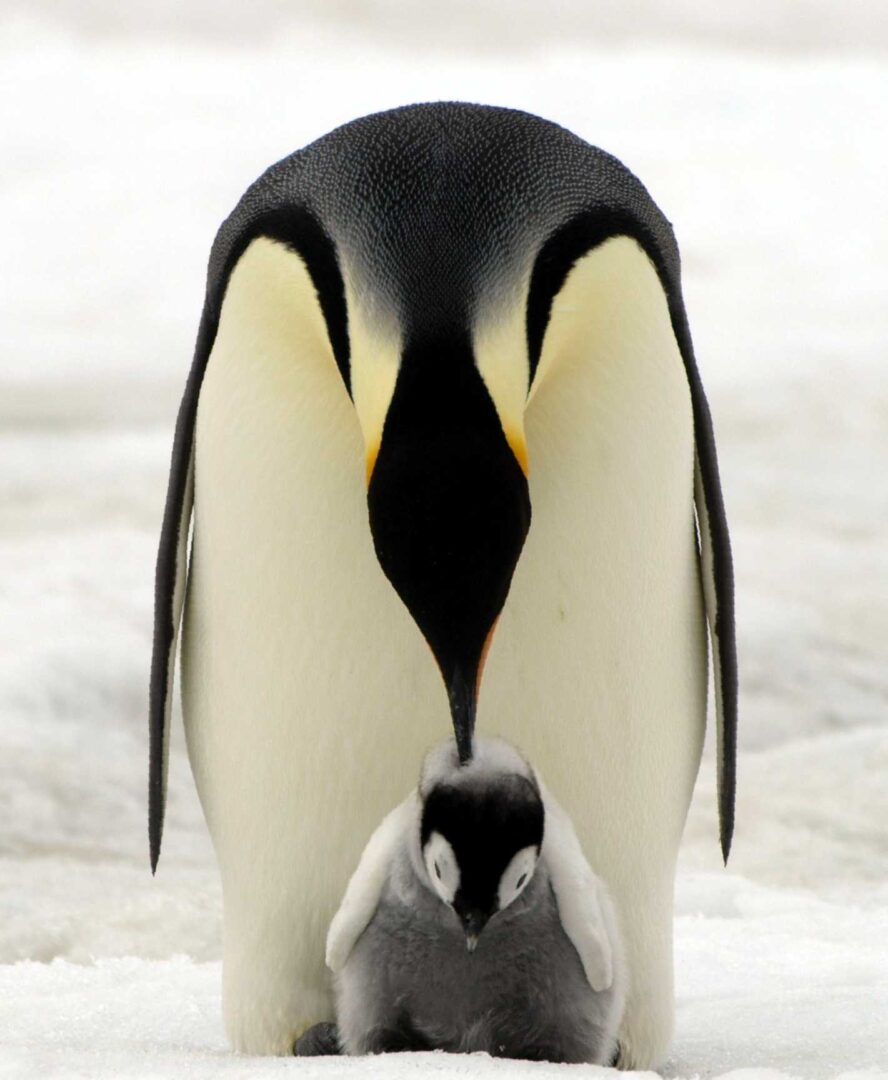
In Antarctica emperor penguins are the species most at risk from climate change. Up until a decade ago our understanding of the species was hindered by the logistical challenges of studying a species which lives in one of the harshest places on earth. But since then advances in our use of satellite imagery has enabled us to find, count and monitor the birds, transforming it from one of the least studied species in Antarctica to one of the best.

Reliable supply of safe drinking water is vital for human health. Despite this, there is no consistent nationwide spatial dataset of water distribution zones (WDZ) for Aotearoa New Zealand (A-NZ). In this talk, we will outline the development of a nationwide geospatial dataset of WDZ using data compiled from the 67 district and city councils in A-NZ. We will also outline several early use cases for the WDZ dataset.
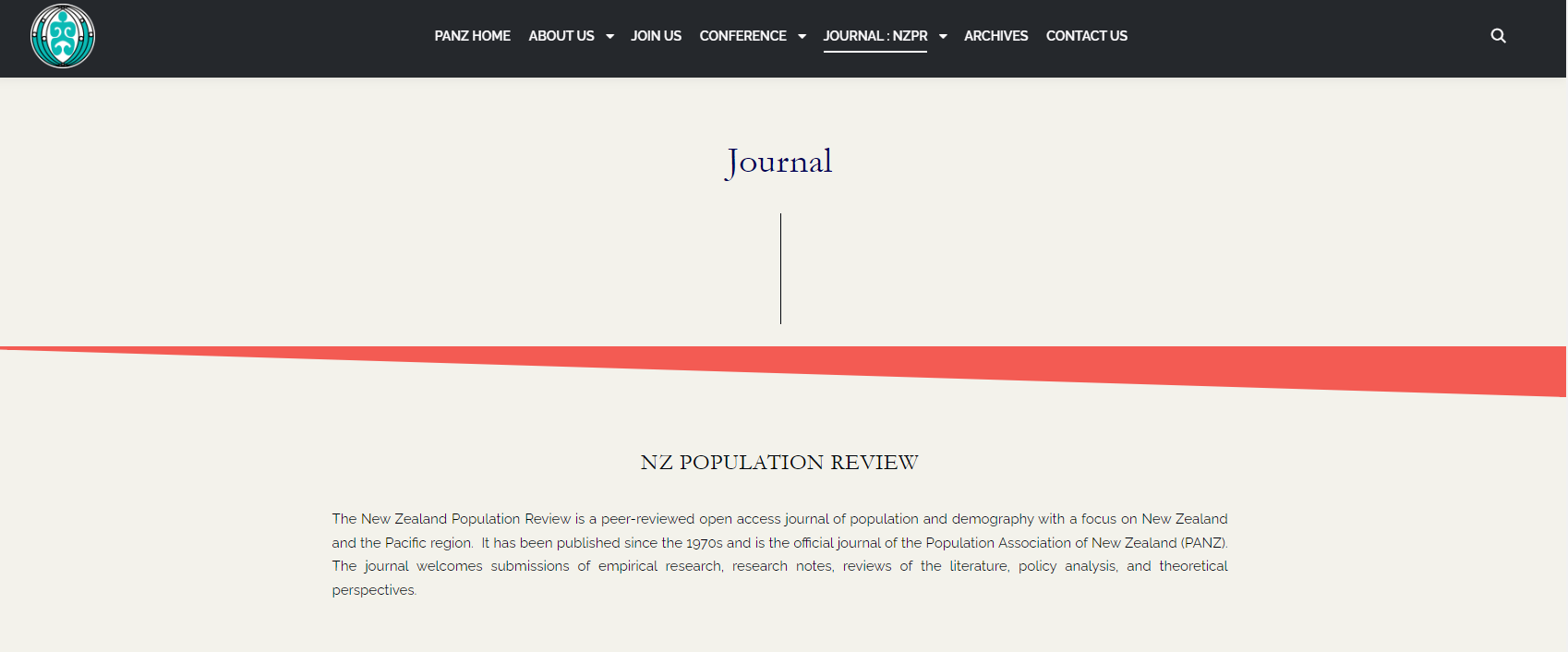
The New Zealand Population Review is a peer-reviewed open-access journal of population and demography with a focus on New Zealand and the Pacific region. It
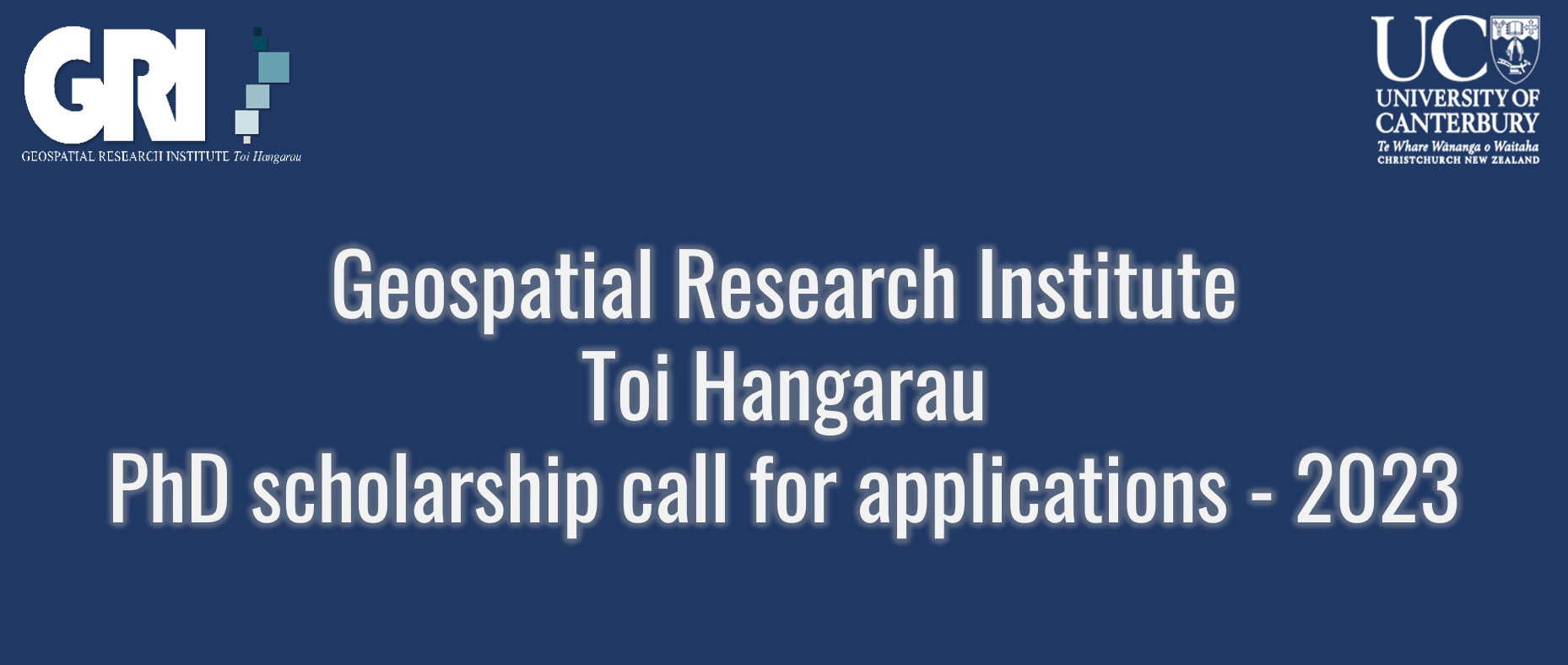
We are now accepting applications for the 2023 Geospatial Research Institute (GRI) scholarship. Closing date for applications: 30 June 2023, 17:00pm NZ Time Detailed
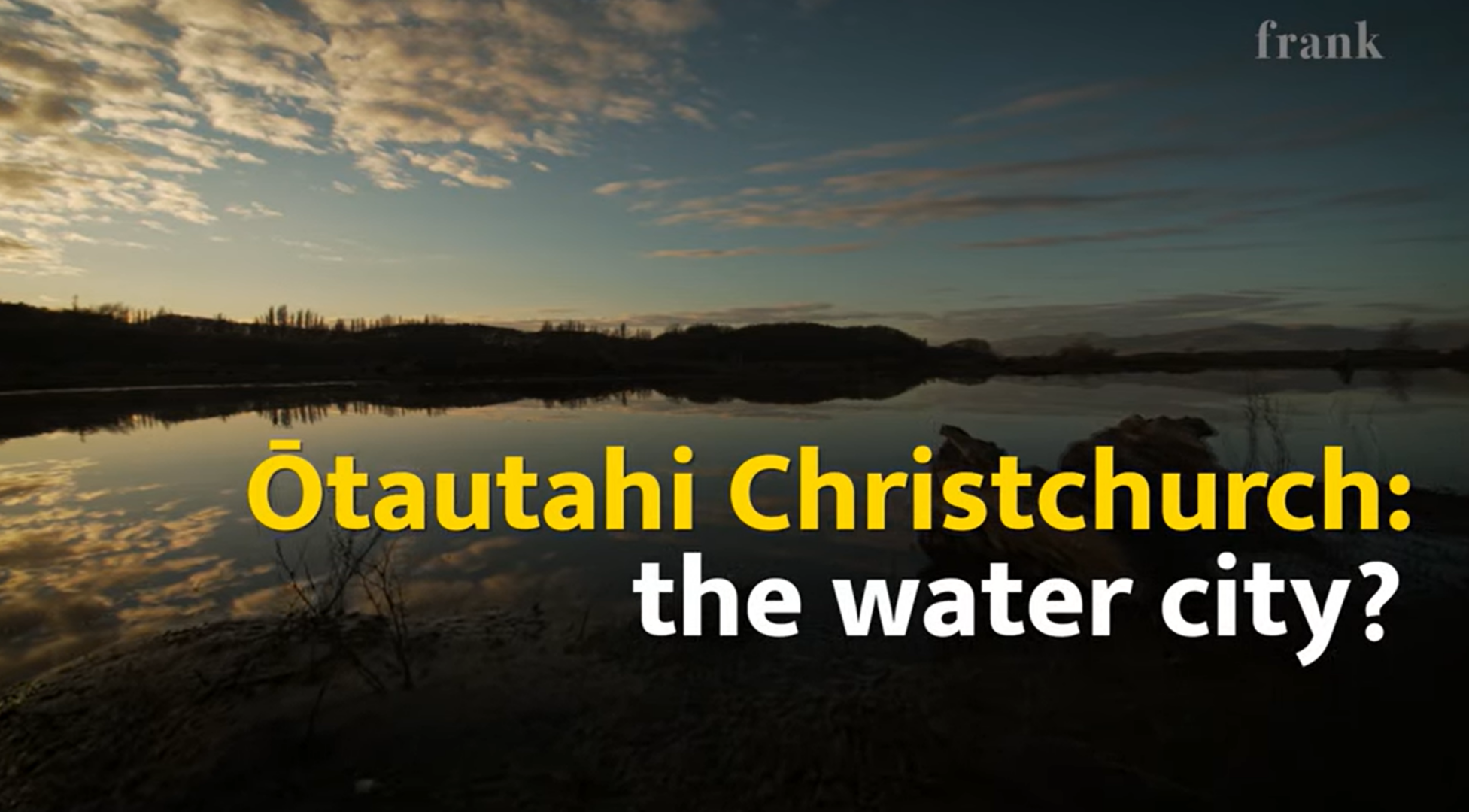
Watch: Ōtautahi Christchurch: the water city? A short documentary starring Prof Matthew Wilson (GRI-UC) and Dr John Reid (Ngāi Tahu Research Centre-UC) talking about Christchurch,

Dear Spatial Data Science Community, SDSS 2023 is a FREE distributed/online symposium that brings together researchers from academia, industry, non-profits, and government from all

After several years as an oral health therapist in Ashburton, Joanne Lee, who graduates from UC this week with a Master’s in Health Science, was
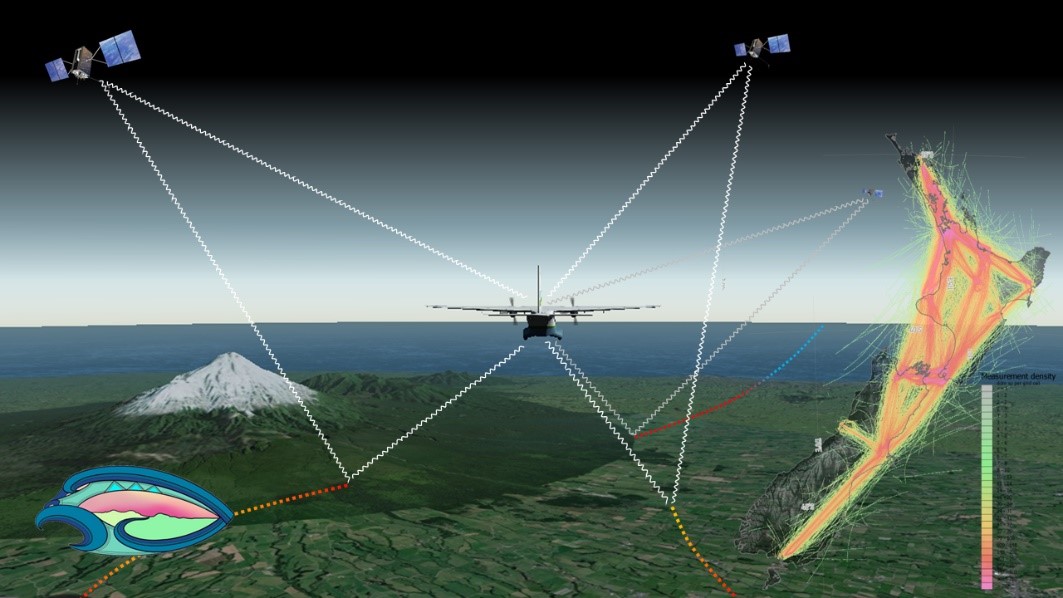
The Global Navigation Satellite System (GNSS), emit radio signals in the L-band to enable precise positioning on the Earth’s surface. GNSS has become ubiquitous in our everyday lives, underpinning location-based technologies from traffic routing to precision agriculture. These GNSS “signals of opportunity” have been used in novel space borne missions such as CyGNSS (Cyclone GNSS), which is primarily designed to observe the ocean surface under tropical cyclone systems. However, signals reflected from the land surface have been found to sensitive to soil moisture and surface water, providing a valuable additional source of data.